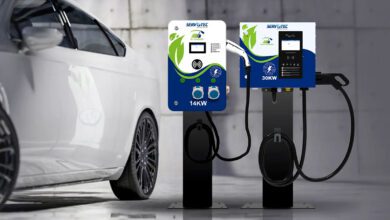In a bold move aimed at transforming India into a developed nation, the Bharatiya Janata Party (BJP) has unveiled its Lok Sabha manifesto promising to achieve energy independence by 2047. The manifesto, released on Sunday, outlines a comprehensive strategy to reduce the country’s reliance on imported petroleum and embrace renewable energy sources.
Currently, India meets about 85% of its crude oil requirements through imports, exposing the nation to the fluctuations of the international market. To counter this vulnerability, the BJP proposes a multifaceted approach. This includes promoting electric mobility, establishing a widespread network of charging stations, ramping up renewable energy production, and enhancing overall energy efficiency.
One of the key initiatives highlighted in the manifesto is the integration of solar energy for household use and electric vehicle (EV) charging. The government has already introduced the PM Surya Ghar: Muft Bijli Yojana, a rooftop solar scheme with an investment exceeding ₹75,000 crores. This initiative aims to provide free electricity to 1 crore households each month, leveraging solar power.
Furthermore, the BJP pledges to increase the use of ethanol in fuel, expand nuclear energy capabilities, develop infrastructure for battery energy storage systems, and boost green hydrogen production. These measures align with India’s commitment to sustainable development, as evidenced by its participation in COP26 and the ambitious ‘Panchamrit’ pledge.
Under the Panchamrit pledge, India aims to achieve 500 GW of non-fossil electricity capacity, generate half of its energy requirements from renewables, and reduce emissions by 1 billion tonnes by 2030. Additionally, the country commits to reducing the emissions intensity of GDP by 45% and achieving net-zero emissions by 2070.
The BJP manifesto emphasizes the importance of incentivizing private sector investment in large-scale Battery Energy Storage Systems (BESS) infrastructure to ensure grid stability and resilience. Moreover, the recently launched National Green Hydrogen Mission, with an initial outlay of ₹19,744 crores, signals India’s intent to lead in green hydrogen production.














